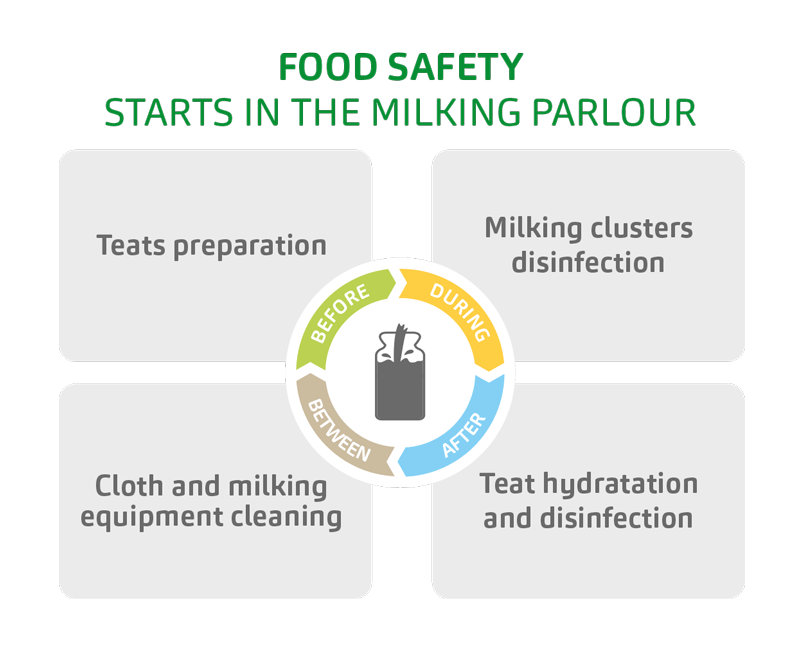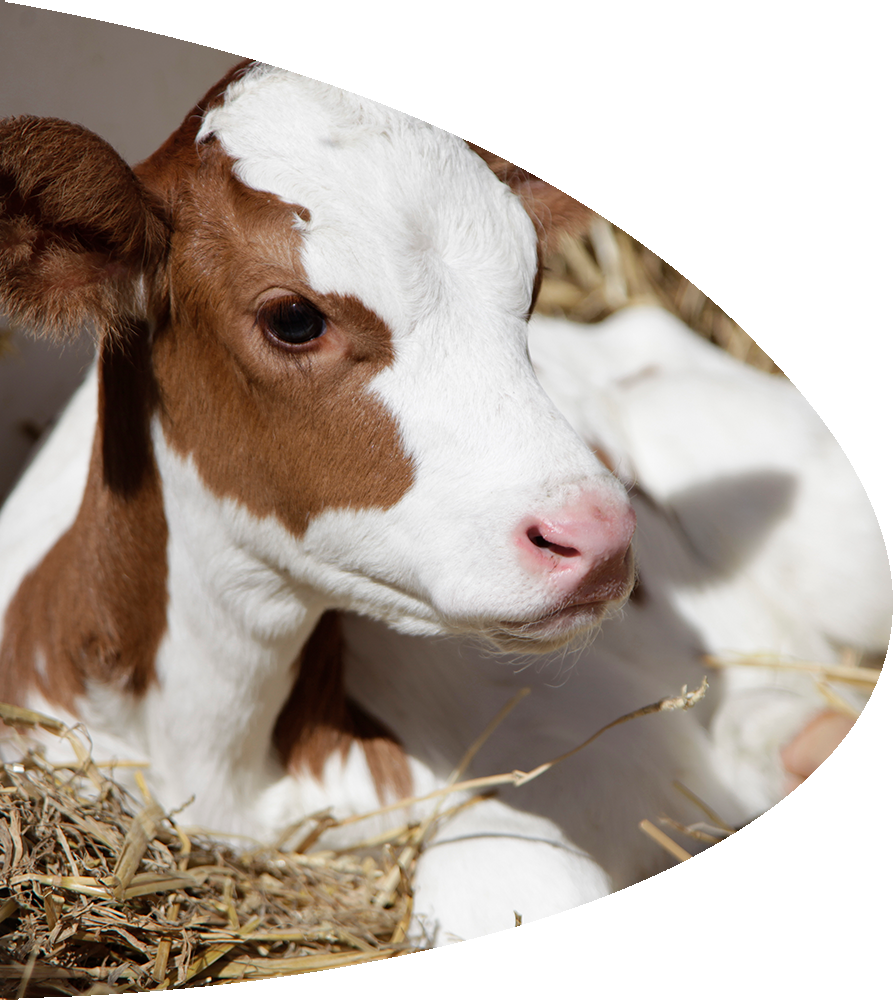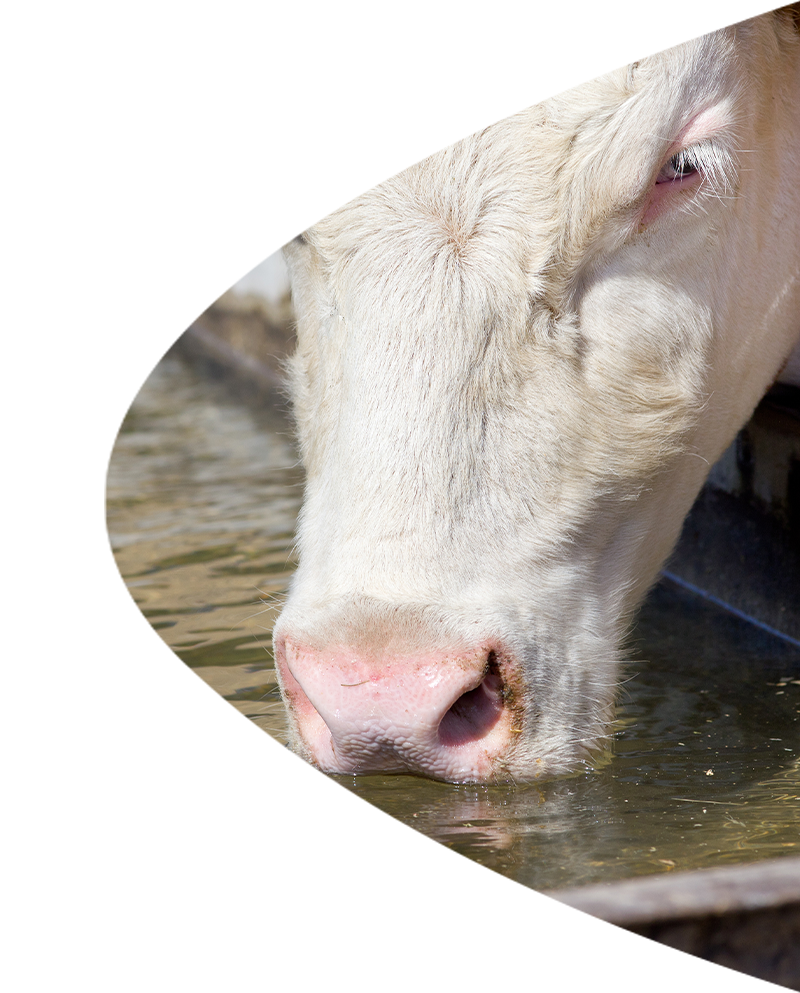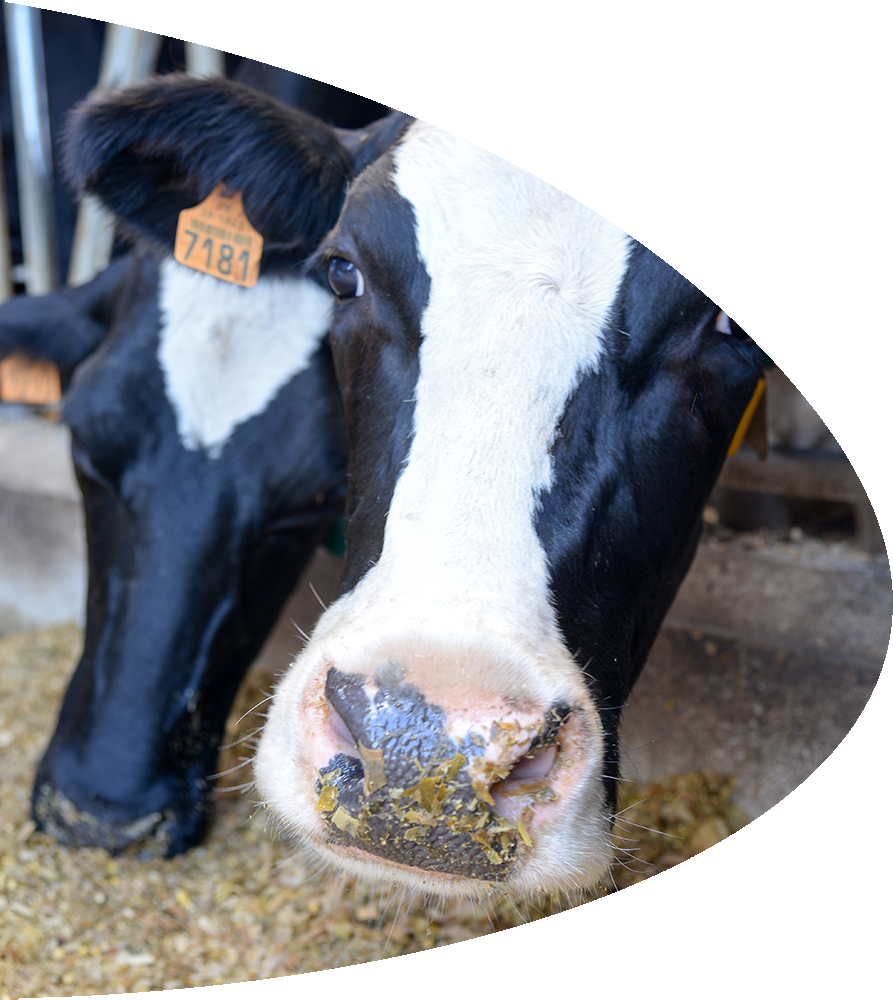The demand of consumers worldwide is clear: to consume dairy products without risk. Milk provides an ideal environment for the development of bacteria and other pathogens and its safety is therefore a major issue for the dairy industry. For all stakeholders in the sector, a quality problem at this initial stage can have repercussions along the entire chain, from farm to fork. The quality of the milk also determines farms’ income. The price of the milk paid to the producer depends not only on its fat and protein content, but also on the hygiene quality observed during samples taken on the farm, in the milk cooling tanks or at the dairy.
The bacterial content of milk is a good indicator of farm cleanliness and herd health – a large number of bacteria indicates an udder infection – and must not only comply with regulatory thresholds, but also impacts the price of the milk collected.
The somatic cell count is also closely monitored as an indicator of milk quality, as a high level of these defence cells produced by the body is a sign of probable udder contamination.
Kersia offers a comprehensive approach to the problems faced by a breeder with a complete service including auditing, advice for breeders, training for product distributors and the implementation of appropriate hygiene protocols and solutions for each situation, with follow-up on the results achieved. Its broad range of services includes the design of innovative and more environmentally friendly detergency and disinfection solutions, nutritional supplements that enhance animal health and resilience, and solutions to analyse and improve the quality of livestock feed water, a key element for the growth and health of a herd.

The milking cycle, a priority
- Increasing herd size reinforces the need for a comprehensive preventive approach to hygiene and disinfection, to reduce the risk of infection and cross-contamination at each stage of milking:
- before milking (disinfectant cleaning of the milker’s hands, cleaning and disinfection of the teats to reduce the microbial pressure on the skin of the udders),
- during milking (disinfection of clusters after each animal to prevent cross-contamination via the sleeves)
- after milking (disinfection and hydration of teats to avoid contamination in the environment)
- finally, between milkings (cleaning and disinfection of the milking machine, individual washcloths and all equipment).
These good practices also save time: preparing the udder stimulates the production of oxytocin, a hormone that releases milk. Robots can also simplify operations and contribute to improved comfort for milkers, thus reducing the risks of musculoskeletal disorders.
Our Kersia experts guide you in choosing the solutions (bactericidal and fungicidal cleaning and disinfection products, application equipment, etc.), and methods of application (spraying, soaking, foam, etc..) suitable for each stage of the milking cycle.
Healthy animals in a healthy environment for safe milk
Walls and floors are potential reservoirs of pathogens responsible for mastitis, neonatal diarrhoea, etc. Herd health, especially hoof and udder health, is closely linked to the hygiene conditions of the buildings: clean, dry bedding, and cleaning and regular disinfection to eliminate pathogenic microorganisms.
Maintaining a high level of safety in breeding requires an effective hygiene protocol that reduces bacterial pressure. Following an assessment on the farm, Kersia experts recommend hygiene solutions that keep animals in a healthy environment. Our experts can also offer preventive solutions for lameness or skin infections that help to strengthen tissue quality and integrity. This improves the animals’ welfare and their production performance.
Mastitis, the first pathology of dairy farming
Mastitis is a reaction related to infection of the udder by bacteria naturally present in the animal’s environment (bedding, water, pasture, etc.) or on the skin of the udder, (Staphylococcus aureus, Streptococcus uberis and Escherichia coli, etc.). They enter via the teat sphincter. If left untreated, this infection affects the cow’s health and welfare, milk production and quality, and in the worst case can result in the death of the animal.
Mastitis is classified into different categories, chiefly clinical mastitis (fever and deterioration in the general condition of the cow, usually in combination with signs of inflammation of the mammary gland), subclinical mastitis (no visible signs of inflammation of the mammary gland but a high concentration of somatic cells in the milk) and acute mastitis (fever and lack of appetite, signs of a more serious infection, the mammary gland is swollen, painful or very hard). Good farming practices (milking hygiene, regular cleaning of sleeping areas, straw spreading, ventilation, etc.) are the best preventive measures against the risk of mastitis. Protecting the udder prevents the risk of mastitis and safeguards the quality of milk.
Water source of life
Water is essential for the general health of an animal. Poor quality water (with the presence of bacteria, viruses, parasites, etc.) can affect animals’ growth, lactation or reproduction. The water quality of a farm and the integrity of the pipes must therefore be regularly checked.
Kersia’s expertise in this field is based on a comprehensive approach that encompasses water analysis, pre-treatment of equipment and supply of suitable water purification solutions for farms of all sizes and their water supply systems. Adding Aquasept effervescent tablets to tanks or water supply systems ensures that livestock have safe, low-cost drinking water.
Health through a healthy diet and targeted nutritional supplements
Diet plays an important role in human health. It’s the same in the animal world, where high-performance feeding solutions also contribute to the health security of ruminants. Nutritional supplements tailored to the stages and needs of a herd will reinforce prevention: a personalised range helps support a cow’s metabolism at key periods of their life (calving, dry-off, reproduction, etc.).
With Kersia, breeders have a complete range of solutions covering all their specific needs, in various forms (such as powders, gels and boluses). Farms can thus choose the most suitable programme for their cows’ present needs: facilitating the expression of oestrus, improving fertility, preparing dry cows for calving and the start of lactation.
Kersia’s Research & Development department has developed a unique patented formula for designing our boluses. Their effervescence is controlled and the required nutrient intake is released via controlled disintegration according to the objective of the bolus:
- rapid disintegration for the immediate provision of nutrients in the intestine
- controlled-release disintegration to ensure a continuous supply of nutrients without risk of saturating the absorption capacity of the intestine.
The combination of the two galenic forms of bolus makes it possible to control the nutrient dose to be released in the target animal.
Safeguarding calves’ health
The health of calves is also essential in ensuring a good start for future heifers. Accurate monitoring of calves at birth and in the weeks that follow may require the use of solutions with enhanced protective action, such as those provided by Kersia’s Starter range. In gel or powder form, it gets calves off to the best start with:
- preventive solutions to provide energy and iron and strengthen immunity for a secure start in life
- targeted solutions to rehydrate calves and protect the intestine during digestive disorders (neonatal diarrhoea, etc.).
Feedstuff silos, a risk area
The feedstuff silo is a risk area where moulds and bacteria (salmonella, aspergillus and mycotoxins) develop. It is therefore essential that the silo is cleaned thoroughly once a year. Disinfection via Ultradiffusion® performed one or two days before filling is therefore highly recommended.



